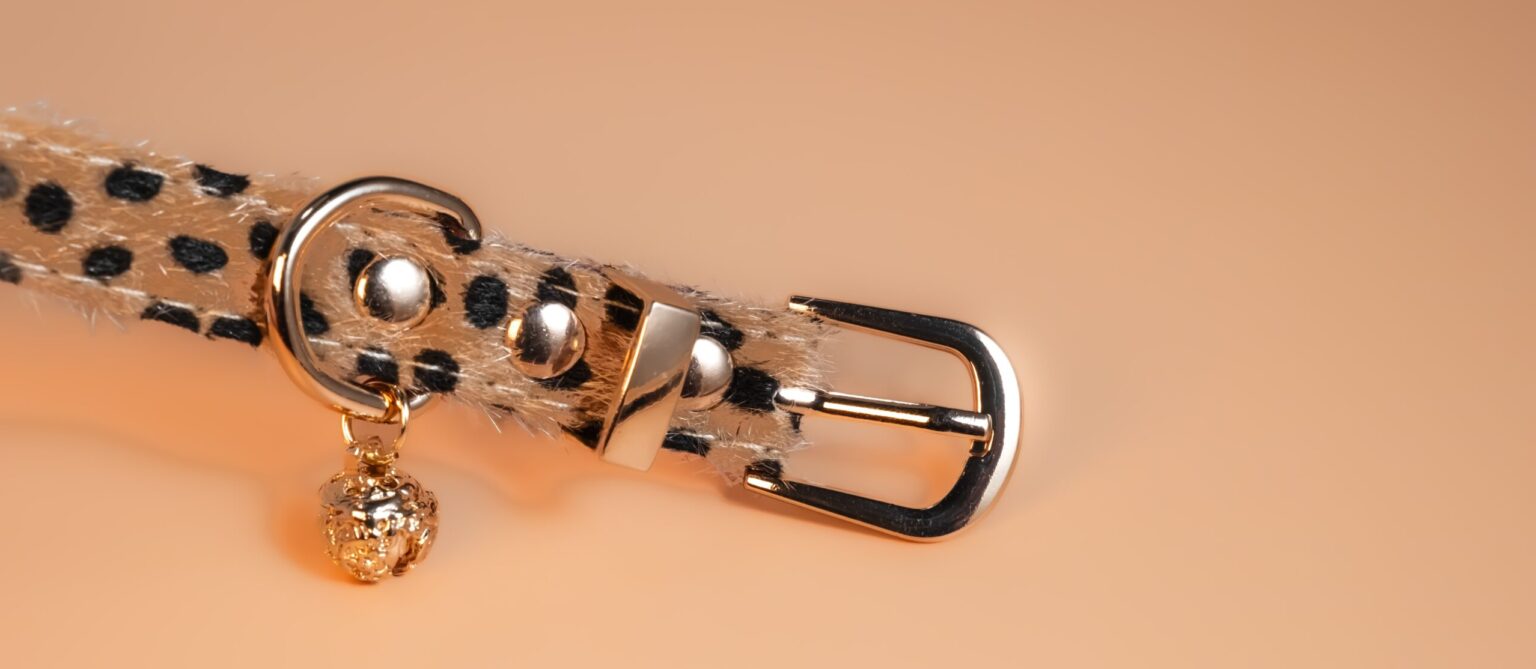
05 Mar Choker Sensory Exploration: A BDSM Play Guide
Introduction
In BDSM, a choker is more than just an accessory—it symbolizes power, submission, and heightened sensation. It reinforces dominance and submission while providing a continuous, tangible reminder of one’s role. The right material and fit can enhance both psychological and physical experiences.
This guide explores how to use chokers in BDSM play, their significance, and essential safety tips. Plus, we’ll recommend some premium chokers from Freya10 to help you personalize your experience.
The Role of Chokers in BDSM
A choker does more than decorate the neck—it serves multiple functions in BDSM dynamics:
- Symbol of Submission: It represents power exchange, similar to a collar, signaling obedience, devotion, or ownership.
- Sensory Enhancement: The constant presence of a choker heightens awareness, making the wearer more conscious of their role.
- Aesthetic Appeal: Different designs and materials create a seductive, elegant, or rebellious look, adding visual depth to BDSM play.
How to Use Chokers in BDSM Play
1. Rituals and Symbolism
- Establishing Roles: Putting a choker on a submissive can become a ritual of ownership and devotion, reinforcing power dynamics.
- Everyday Symbolism: In public, a choker allows subtle expression of D/s dynamics while remaining stylish and discreet.
2. Sensory Play and Physical Awareness
- Constant Presence: A snug choker serves as a gentle but persistent reminder of submission, enhancing psychological and physical engagement.
- Temperature Play: Metal chokers retain heat or cold, offering a new level of sensation when chilled or slightly warmed before wear.
3. Control and Restraint
- Leash and Bondage Play: Chokers with D-rings or O-rings allow attachment of leashes, chains, or cuffs, introducing elements of restraint.
- Posture Training: A snug choker can encourage proper posture, reminding the submissive to keep their head up, lower their gaze, or maintain a controlled stance.
🔴 Safety Guidelines 🔴
- Ensure a Proper Fit: The choker should be snug but not tight—leave enough space to fit one finger between the choker and the neck to allow proper circulation.
- Choose Skin-Friendly Materials: Opt for leather, metal, or velvet, depending on your preference and skin sensitivity. Avoid materials that cause irritation.
- Establish a Safe Word: Use clear signals like “Red” to stop, “Yellow” to slow down, and “Green” to continue to maintain safety.
- Avoid Pressure on the Neck: Chokers should be used for sensory play, not breath play, as choking can be dangerous.
- Limit Wear Time: Avoid wearing a choker for more than 2–3 hours at a time, and check for signs of discomfort or skin irritation.
🔗 Freya10 Choker Recommendations

Choosing the right choker enhances the BDSM experience. Here are some top selections from Freya10 to suit different styles and play preferences:
- Leather O-Ring Choker
- Features: Made from premium leather with a sturdy O-ring, perfect for leash play and power exchange dynamics.
- Shop Now
- Velvet D-Ring Choker
- Features: Soft velvet material with a metal D-ring, comfortable for both everyday wear and BDSM play.
- Shop Now
- Studded Leather Choker
- Features: Bold studded design for those who prefer a more dominant, edgy aesthetic.
- Shop Now
- Lace Choker with Pendant
- Features: Elegant lace design with a pendant, perfect for those who enjoy a softer, romantic BDSM aesthetic.
- Shop Now
🎭 Conclusion
A choker is more than just an accessory—it’s a powerful symbol and a tool for sensory exploration in BDSM. When used correctly and safely, it enhances intimacy, submission, and psychological engagement.
Explore more premium chokers and find the perfect fit for your BDSM journey: Freya10 Choker Category.
📚 References
- Easton, D., & Hardy, J. W. (2001). The New Topping Book. Greenery Press.
- Harrington, L. (2016). Mindfully Exploring Bondage and Power Dynamics. Kinkly Publishing.
- Wiseman, J. (1998). SM 101: A Realistic Introduction. Greenery Press.
- Kinkly – The Symbolism of Collars in BDSM
- Healthline – BDSM Safety and Communication Guide



No Comments